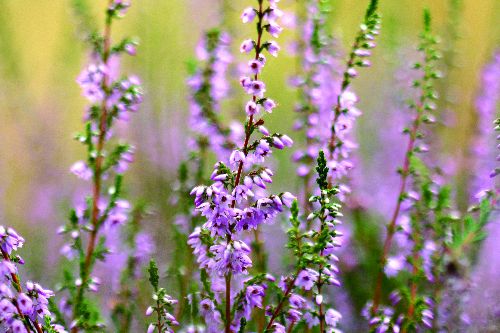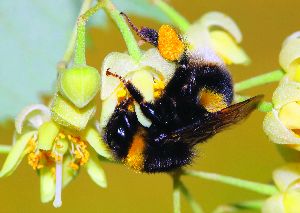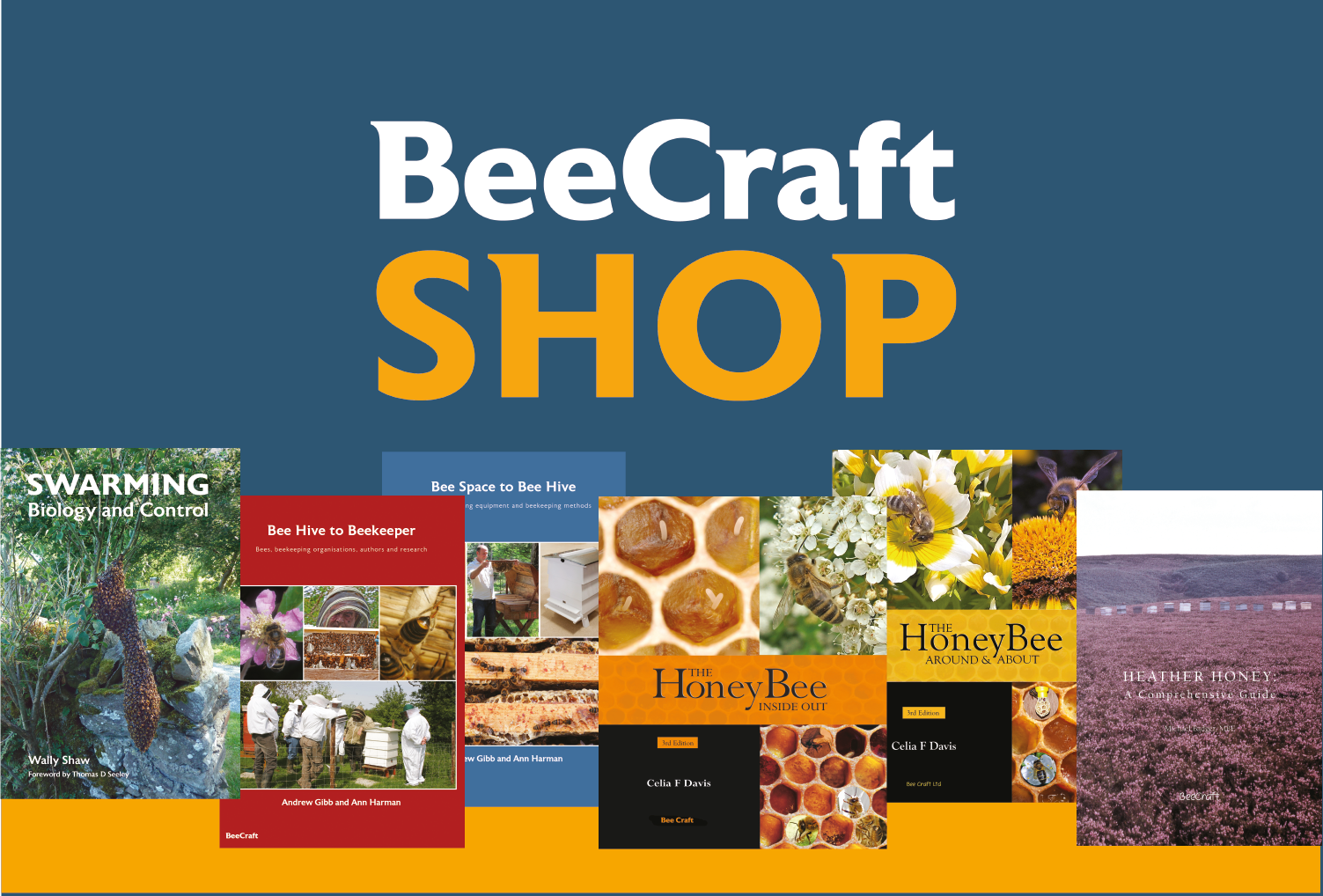
Honey has been used as a natural treatment for some of our ailments like skin wounds or colds since antiquity (although perhaps sometimes with mixed support from modern-day science). But might bees get medicinal benefits from the nectar that honey is made of as well? Writes Hauke Koch PhD, Ann Sowerby Fellow in Pollinator Health, Royal Botanic Gardens, Kew.
This is one of the research questions our lab at the Royal Botanic Gardens, Kew, is interested in finding out. For this, I am working with Professor Phil Stevenson, a senior research leader and expert on plant chemistry at Kew, and Professor Mark Brown from Royal Holloway University of London, an expert on bee diseases. Our work is generously supported by the Peter Sowerby Foundation.
Our study subjects are bumblebees, popular key pollinators of crops and wild plants. Just like us, bumblebees can catch their own diseases, and in combination with additional pressures such as pesticides, climate change, and disappearing food resources, more and more species are becoming rare and threatened. Losing pollination services from bumblebees would be disastrous for agriculture and wild plant diversity. We cannot directly treat wild bumblebee colonies against their diseases as we may be able to with our managed honey bee colonies. But perhaps there are plants in our landscapes that can prevent or cure bumblebee diseases and that we should protect and promote?
 With our great student intern, James Woodward, we set out to find out if such medicinal plants for bumblebees exist in the UK. We chose to test 17 monofloral honeys of major European nectar plants including lime trees, oilseed rape, dandelion, ivy, clover, bramble, and ling and bell heather. The honey enabled us to obtain large quantities of nectar chemicals for our research – without having to collect the nectar ourselves.
With our great student intern, James Woodward, we set out to find out if such medicinal plants for bumblebees exist in the UK. We chose to test 17 monofloral honeys of major European nectar plants including lime trees, oilseed rape, dandelion, ivy, clover, bramble, and ling and bell heather. The honey enabled us to obtain large quantities of nectar chemicals for our research – without having to collect the nectar ourselves.
The bumblebee parasite we tested against was a microscopic, single-celled organism, Crithidia bombi. It is related to the agents causing human sleeping sickness and leishmaniasis. This parasite is arguably the cause of the most common disease in bumblebees, found in most species and in many parts of the world. It lives in the gut of the bumblebee and is spread with contaminated faeces on flowers or in the nest. Infected young queens find it hard to survive the winter and start a new colony, and infected workers are weakened and impaired in their foraging behaviour.
The cell culture test
We cultivate Crithidia bombi in a nutrient broth in our lab, and this allows us to test the direct effects of plant compounds on them. We separated the sugar in the monofloral honeys from the remaining constituents and tested these largely sugar-free extracts on our cultured parasite cells.
 To our delight, we found that there was significant inhibition by lime (Tilia) and strawberry tree (Arbutus) honey extracts, but the strongest effect came from ling heather (Calluna) honey.
To our delight, we found that there was significant inhibition by lime (Tilia) and strawberry tree (Arbutus) honey extracts, but the strongest effect came from ling heather (Calluna) honey.
Through more chemical detective work, we isolated and characterised a single chemical compound from the heather honey that explained the inhibition of the parasite. We named that compound callunene, after the name of the plant it is found in, Calluna.
We then sampled ling heather nectar and honey stomach contents from bumblebees foraging on heather at Wimbledon Common in London. Callunene was present both in the honey stomachs and in the nectar at concentrations that completely blocked parasite growth in the lab culture.
Test with live bumblebees
Next, we wanted to see if callunene would work not just against Crithidia in our lab culture but also in live bumblebees. In our small insectary at Kew, we keep colonies of the buff-tailed bumblebee (Bombus terrestris) for experiments such as this. Feeding extracts with callunene to the bumblebees, we found that it can’t cure existing Crithidia infections but offers the bumblebee prophylactic protection against infections when they feed on it.
Why was that? On the one hand, the callunene seemed to degrade when passing through the gut, so the parasite sitting in the hindgut of the bumblebees was not exposed to it any more. On the other hand, when we exposed the parasite cells for a short time to callunene (as they would during the passage through the honey stomach in bumblebees foraging on heather), the cells conspicuously lost their tail (or flagellum). We could show that this tail not only helps the parasite to move through the gut by acting like a propellor, but that it is also necessary for attachment to the gut wall. Our YouTube video shows this (tinyurl.com/BC2021-02-16). In consequence, when the Crithidia cells lose their tail from the callunene, they can no longer infect the bumblebees.
Beyond the tests
 Unfortunately, heather and heathlands have been in steep decline across Europe, and bees may therefore be losing a prophylactic natural medicine. We hope our work adds to the already long list of good reasons to protect the heathlands that remain. The diversity of plants for our pollinators has generally changed or declined across the past century with increasing human population density and agricultural intensification.
Unfortunately, heather and heathlands have been in steep decline across Europe, and bees may therefore be losing a prophylactic natural medicine. We hope our work adds to the already long list of good reasons to protect the heathlands that remain. The diversity of plants for our pollinators has generally changed or declined across the past century with increasing human population density and agricultural intensification.
We are currently working to identify and understand the mode of action of other plants that could have similar medicinal benefits for bees, so that we will be better informed about which plants are key for the health of wild bees. We hope our approach will also lead us to find plants we could promote for bee health in gardens or agricultural landscapes.
We do not know yet if callunene might have positive or negative effects on honey bees, but it’s possible that it would also help against honey bee parasites related to Crithdia bombi.
Lastly, could callunene also have benefits against some human pathogens, similar to the effects seen with manuka honey? We don’t know yet, but heather honey has in the past been found to be very active against pathogenic skin bacteria. We are currently testing if this might be due to callunene. Maybe bees can show us the way to find new antimicrobial compounds for ourselves.
Photos: Buff-tailed bumblebee worker (Bombus terrestris) foraging on lime (Tilia) . Lime tree honey showed some antiparasitic activity in our cell culture test.
Buff-tailed bumblebee worker (Bombus terrestris) on ling heather (Calluna vulgaris), Wimbledon Common, London.
Flowering ling heather at the Wilseder Berg, Northern Germany.
REFERENCE
Koch H, Woodward J, Langat MK, Brown MJF and Stevenson PC (2019). Flagellum removal by a nectar metabolite inhibits infectivity of a bumblebee parasite. Current Biology 29: 3494–3500.
Hauke Koch PhD Ann Sowerby Fellow in Pollinator Health, Royal Botanic Gardens, Kew
February 2021


